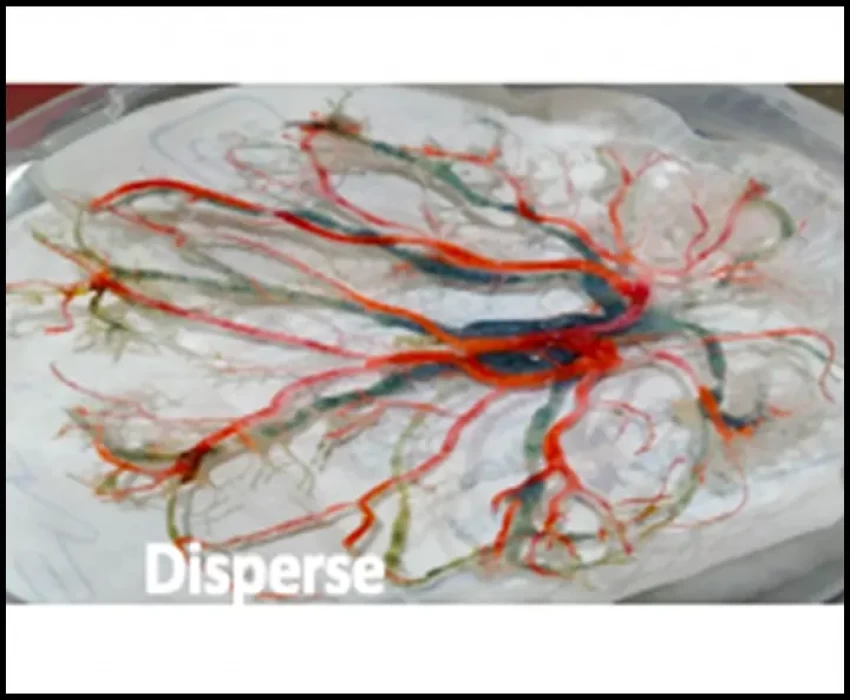


In intra uterine life, foetus depends upon the placenta as its lungs, liver, & kidney. The well-being of the foetus is affected by many factors but a healthy placenta is the single most important factor in producing a healthy baby. The placenta is a unique characteristic of higher mammals that is attached to the uterus and is connected to the foetus through the umbilical cord. Researchers have emphasized the benefits which are associated with the anatomical examination of the placenta, an organ that is often disposed soon after parturition, without adequate examination.
After delivery, the detailed & fine examination of placenta provides much information about the prenatal health of the baby and the mother. Placental thickness increases with the age of the foetus. The chorionic plate (or “fetal surface”) of the human placenta is typically drawn as round, with the umbilical cord inserted roughly at the center.
Pregnancy is associated with placental weight. Altered growth of placenta is a predictor of maternal mediated diseases (cardiovascular diseases, hypertension, and diabetes mellitus). Low weight of placenta is associated with medical complications in the mother. On the other hand, high placental weight is associated with poor perinatal outcomes, low Apgar score, respiratory distress syndrome, and perinatal death.
Methodology of preparation, weighing of placenta together with cord clamp time may lead to variations in the mean weight of placenta. Arrangement of arteries in human placenta has been compared to spokes of wheel and star like radiation and vessels described into primary, secondary, and tertiary groups all arteries within the placenta are considered as end arteries.
The pattern of division of each umbilical artery in any placenta falls in to two types:
In dispersed variety- Each umbilical artery of placenta begins at once a series of divisions, dichotomous in nature, which fill each half of the placenta with arteries of gradually diminishing caliber. They are arranged like the spokes of a wheel.
In magestrial variety- Placenta has two arteries which extends almost as far as the margin of placenta before their caliber diminishes.
Hyrtl’s anastomosis is the only connection between two umbilical arteries. In first month of intrauterine life, there is a meshwork of cord anastomoses that is later reduced to one single anastomoses. The main function of Hartyl’s anastomosis is to equalize flow and pressure in 2 arterial placental vascular territories.


No Any Replies to “Arterial pattern of human placenta”
Leave a Reply